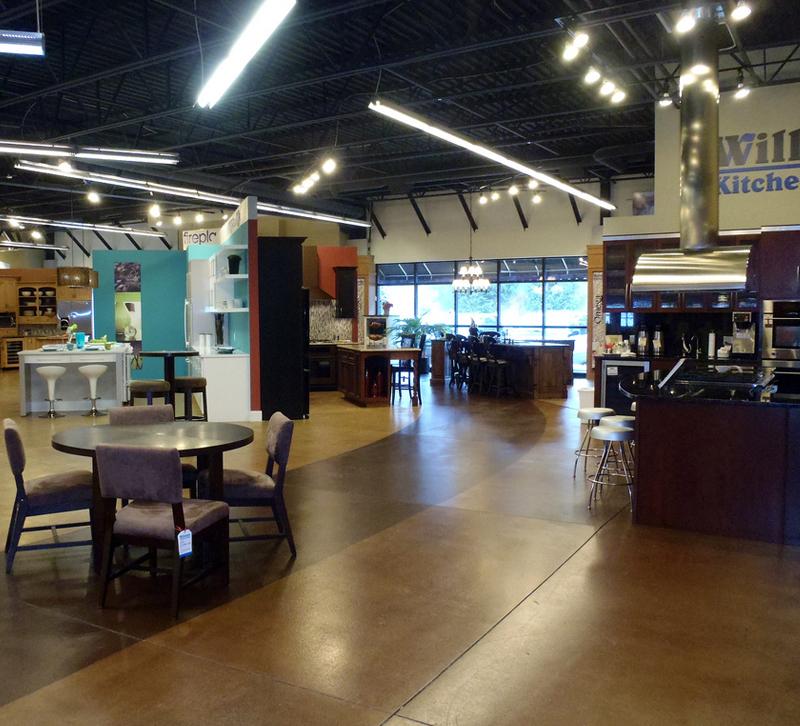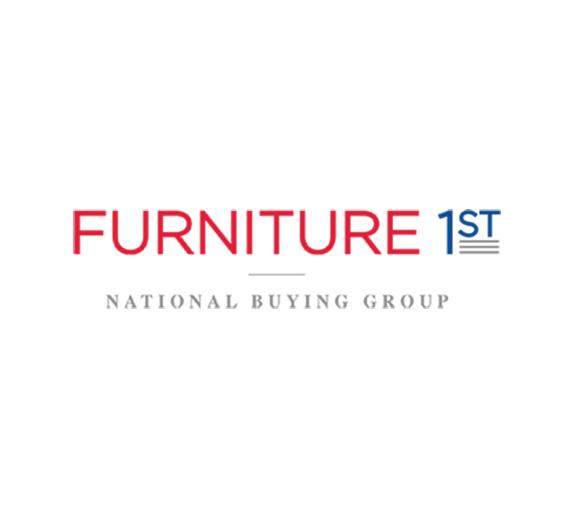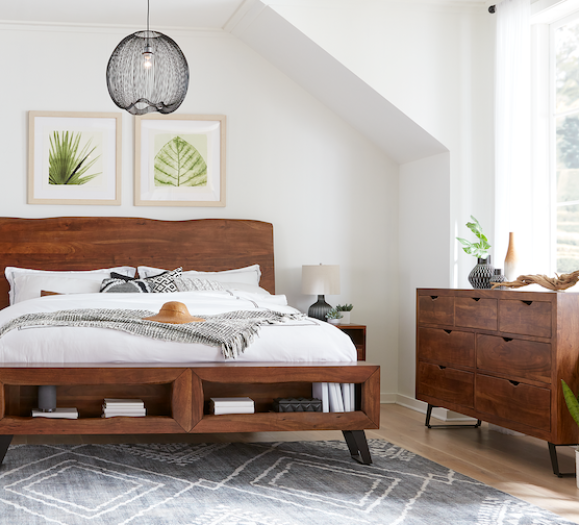In 1989, Back to the Future Part II imagined the world of 2015 as a place of flying cars, self-drying clothes and dehydrated pizza, but as we know, none of those developments really came true (although the Chicago Cub's World Series win prediction was only a year off). Predicting the future is much more an art than an exact science, but a new report from Synchrony Financial shows that the retail industry may be undergoing some major changes in the next decade or so - and those changes will most certainly hit the lighting and home decor industry.
Here are three key takeaways.
The Necessity of Experienced Associates
The report states that the notion of DIY Retail is on the rise. In the fashion retail industry especially, technology may render sales associates completely obsolete. New tags on items will allow users to scan and purchase items almost instantly, and interactive mirrors in dressing rooms will help customers request different sizes (which can be brought to them by associates) and buy items while still in the room.
"Technology will bring on a new era of DIY shopping," the report states, "changing how we select and access products and the ways we pay. Self-service will make shopping faster, easier and fun."
Of course, buying a lighting fixture is much different than buying a new shirt. A customer knows right away if a shirt doesn't fit without any help from a sales associate, but they won't always know a lighting fixture won't fit in their home by just reading the spec sheet. Sales associates can answer detailed and highly specific questions, and they're great sources of education for customers.
Whether or not this DIY future becomes a reality, the need for education remains present. Your employees should be continuing their education and keeping up with the latest product trends and changes. The more knowledgable your staff is, the more of an asset it is to the customer.
Raison D'etre: Entertainment and Engagement
As we will be discussing in the first issue of our digital supplement, Millennial Home, experience remains a key factor in getting Millennials - and other customers as well - to your store. Fifty-five percent of consumers surveyed said that "an in-store experience that entertains me" was one of their top three most exciting ideas for the future of retail.
Now this doesn't mean that you should be booking bands to play throughout the afternoon in your showroom, but you should be conscious of how your customers experience your store. When they first walk in, do they feel overwhelmed or even underwhelmed? Is it easy and logical to navigate your showroom? Is everything on your showroom floor actually available for purchase? This may not entertain customers, but a clear, clutter-free showroom is definitely more engaging.
One showroom that may have tapped this entertainment/engagement trend is Pirch. The interactive showroom allows customers to try out the products as they move through the showroom. Customers can book appointments so they have time to ask associates about their products their seeing and how they might work in their own homes.
Virtual Reality
Virtual reality isn't just for video games. It may revolutionize the way people shop at home. Using a virtual reality interface, customers can see how a couch, table, paint color or even garage door may look in their homes.
When it comes to lighting and furniture, being able to visualize a couch in the living room may not be enough to close the sale, but it might be a strong first step. Seeing how well a piece of furniture or a residential lighting fixture feels in a space definitely gets consumers excited. By the time they step into you're showroom, they're nearly ready to buy, which takes a lot of strain off your sales associates.
Right now, Wayfair.com is already using this technology on their app. Buyers can place furniture in a room through their camera and in photos stored on their phones. This function cannot determine if a piece will physically fit in a room, but if you have this function on your website, then customers can go to your showroom to see the piece before buying.
Whether or not these exact retail predictions come true, the lesson remains: we should always be looking forward. The next trend may be waiting right around the corner.
Have a thought Sychrony's report? Share it with us in the comments!
(Photo: williamskitchenbath)







